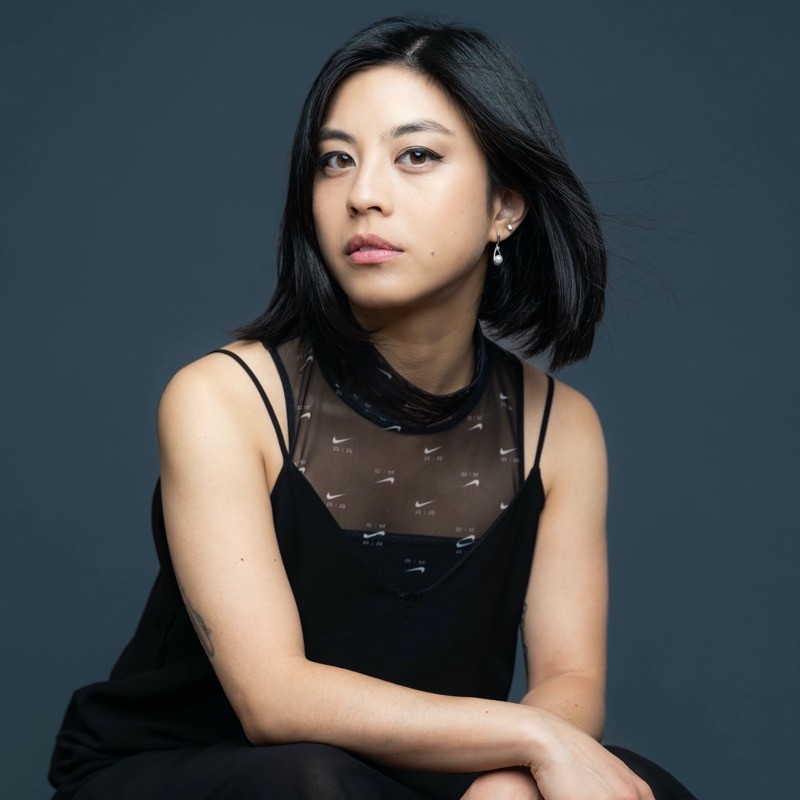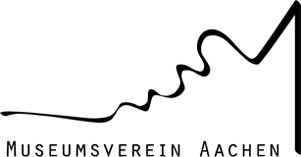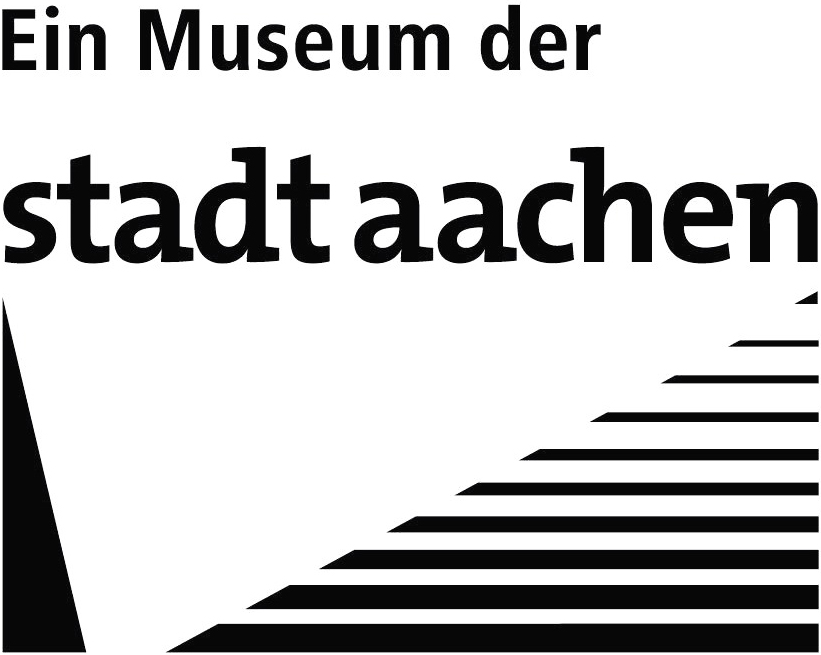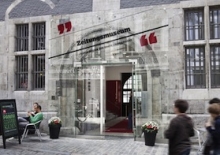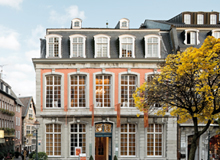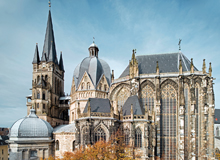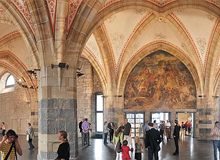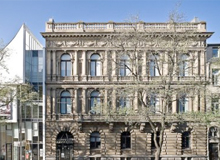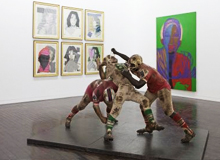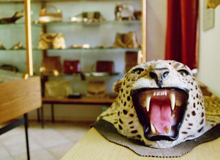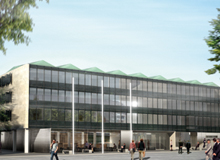
„None can sense more deeply than you artists“: Michel Triegel’s ingenious creation of beauty
23. Mai // 18.00 – 19.00
Vortrag in englischer Sprachevon Alysée Le Druillenec, Doktorandin der Université Paris, Panthéon-Sorbonne und der Université Catholique de Louvain
Eintritt frei / Anmeldung nicht erforderlich
This lecture aims to show that, through his altarpieces, vanitas, and Christological portraits, Michael Triegel proposes a threshold-space. The image becomes ritual, and the form seeks to bear a content that always exceeds it- inasmuch as it is “in some way […] associated [by God] with the mystery of creation” (John Paul II, Letter to Artists, I). His art, in his own words, is a “tool placed at the disposal of others,” an attempt to render visible the tension between epiphany and silence, between the Deus absconditus and the flesh of Christ. To what extent, then, does he paint not to affirm, but to pray? And how does the contemplation of his work touch an interior space that belongs to one’s space that Catherine of Siena called “the cell of self-knowledge” (Dialogue), and Teresa of Ávila “the seventh dwelling” (The Interior Castle)?
A painter of memory and metaphysics, Michael Triegel occupies a singular place in the contemporary artistic landscape: that of an artist whose work reveals a deep rooting in and reverence for the Christian Tradition, yet who does not conceal – indeed, expresses – that his conversion was slow, fumbling, almost like the superimposed layers of glaze that gradually build up along his path of faith. His œuvre, nourished by technical virtuosity, articulates the mourning of a sacredness long silenced by the former GDR with the enduring presence of mystery. His artworks unveil, without betraying it, what John Paul II called “the need for beauty as an echo of the divine voice,” that one might “not sink into despair” (Letter…, XI); resonating with what Wassily Kandinsky called the “inner, spiritual necessity,” which could well characterize Michael Triegel’s artistic gesture.
His work thus bears witness to a stance of servant of the sacred (cf. Lk 1:38), and to an ethic of withdrawal and obedience (cf. Mt 1:20–21), as he conceives them: to serve without imposing, to transmit without possessing, to distinguish between life and art – allowing the image of fragile, wounded beauty to act, in the manner of a simul justus, simul peccator Christian. In Aachen, a city of august memory, Michael Triegel finds a hospitable ground attuned to the soul of his work: a place of passage, of elevation, and of sacred memory; in other words, a place which timeless quality makes it possible to contemplate these pieces of art in a suspended time, within the soteriological dynamic of the “already but not yet”.
